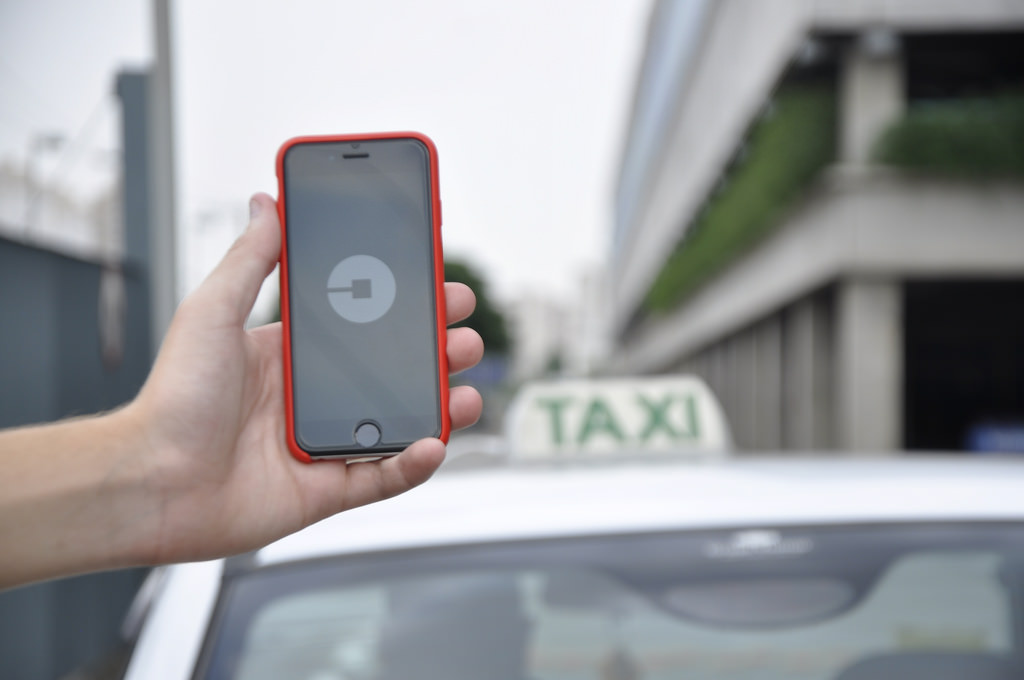At the end of last year, analysts estimated Uber’s potential loss before taxes, interest, depreciation and amortization (negative EBITDA) for the year at $ 2.8 billion, noting that this amount would be a quarter more than the loss in 2015. The revenue forecast was $ 5.5 billion. The data on Uber's loss disclosed on Friday does not include employee compensation costs in the form of shares, some real estate investments and car purchases, and do not take into account the company's performance in China, that is, $ 1 billion losses per year, reports Bloomberg. Uber sold the Chinese business to its local competitor Didi Chuxing Technology Co. last summer.
According to The Wall Street Journal, Uber has raised about $ 15 billion in debt and equity financing since its founding in 2008. The company kept about $ 7 billion of this amount, as the company's activities require large-scale injections. The total cost of travel through Uber (including food delivery) grew by 28%, to $ 6.9 billion, in the fourth quarter compared to July-September. The annual gross revenue was $ 20 billion, compared to $ 8.9 billion in 2015 year, $ 2.9 billion in 2014 and $ 685 million in 2013, the company's spokesman told WSJ.
It’s not a secret that the company is probably losing money. In addition, "informed sources" previously told that startup still cannot be called profitable.
Previously, Uber has had no problems with financing as a start-up company. Every now and then investors threw money, stimulating the company’s growth and development. Now, however, given that negative information plume stretching beyond Uber now, the amount of losses and time on the market, investors may already be less interested in the popular service.
It's easy to understand investors who ask the company's management reasonable questions, writes TechCrunch. Given that UberPOOL’s revenue is calculated differently from the traditional revenue of Uberx, should you trust data on non-GAAP earnings, compared to the results for standard accounting reports? So far, investors have been focusing on more modest non-GAAP earnings, and losses were regarded according to GAAP. In general, we can summarize everything with one question: what is Uber's strategy for achieving profitability?
As for positive factors, then the adjusted operating margin has improved in the IV quarter, and this is exactly the indicator that fast-growing (but unprofitable) companies are trying to show to investors. No company plans to lose money forever. Short-term losses for profit in the long run are always the usual scenario for large, growth-oriented companies. Therefore, the question about the company’s strategy can be rephrased: how fast is Uber planning to achieve break-even and go into profit?
source: ft.com, bloomberg.com, techcrunch.com
According to The Wall Street Journal, Uber has raised about $ 15 billion in debt and equity financing since its founding in 2008. The company kept about $ 7 billion of this amount, as the company's activities require large-scale injections. The total cost of travel through Uber (including food delivery) grew by 28%, to $ 6.9 billion, in the fourth quarter compared to July-September. The annual gross revenue was $ 20 billion, compared to $ 8.9 billion in 2015 year, $ 2.9 billion in 2014 and $ 685 million in 2013, the company's spokesman told WSJ.
It’s not a secret that the company is probably losing money. In addition, "informed sources" previously told that startup still cannot be called profitable.
Previously, Uber has had no problems with financing as a start-up company. Every now and then investors threw money, stimulating the company’s growth and development. Now, however, given that negative information plume stretching beyond Uber now, the amount of losses and time on the market, investors may already be less interested in the popular service.
It's easy to understand investors who ask the company's management reasonable questions, writes TechCrunch. Given that UberPOOL’s revenue is calculated differently from the traditional revenue of Uberx, should you trust data on non-GAAP earnings, compared to the results for standard accounting reports? So far, investors have been focusing on more modest non-GAAP earnings, and losses were regarded according to GAAP. In general, we can summarize everything with one question: what is Uber's strategy for achieving profitability?
As for positive factors, then the adjusted operating margin has improved in the IV quarter, and this is exactly the indicator that fast-growing (but unprofitable) companies are trying to show to investors. No company plans to lose money forever. Short-term losses for profit in the long run are always the usual scenario for large, growth-oriented companies. Therefore, the question about the company’s strategy can be rephrased: how fast is Uber planning to achieve break-even and go into profit?
source: ft.com, bloomberg.com, techcrunch.com



















